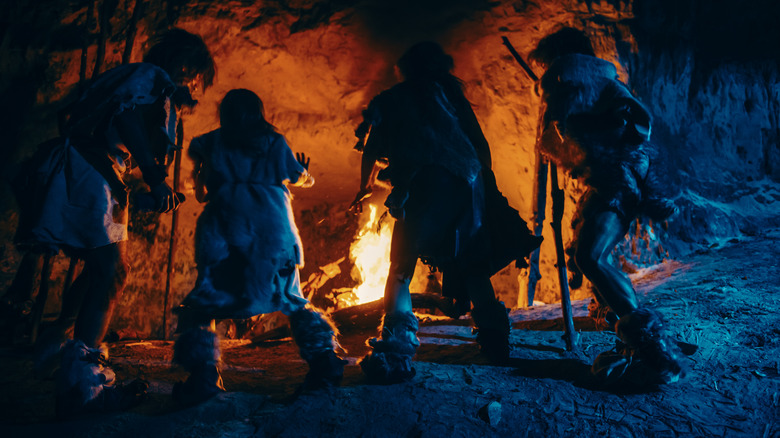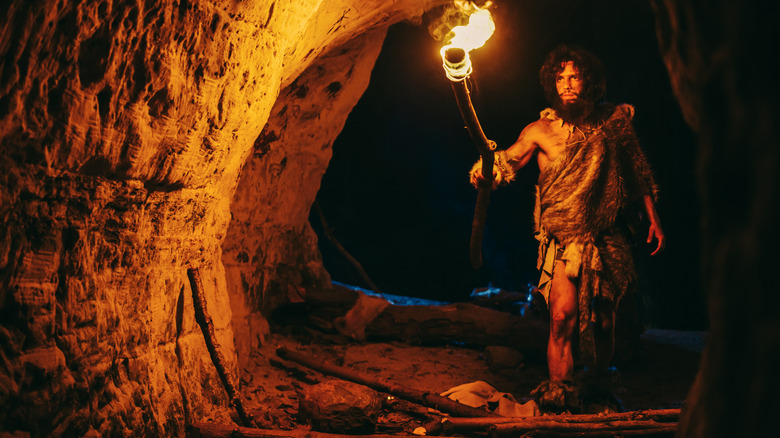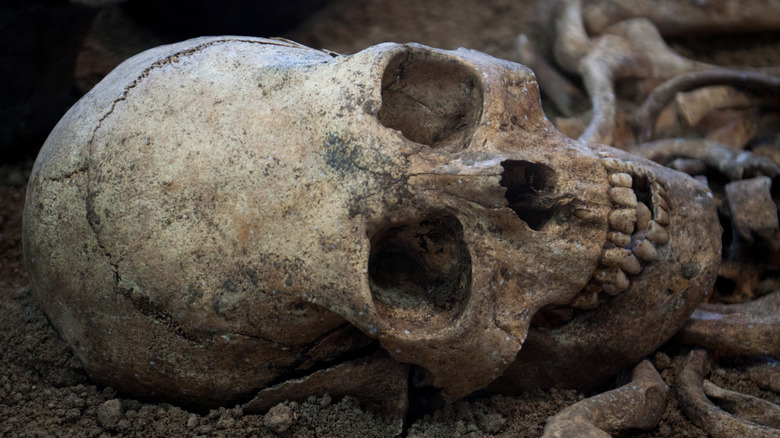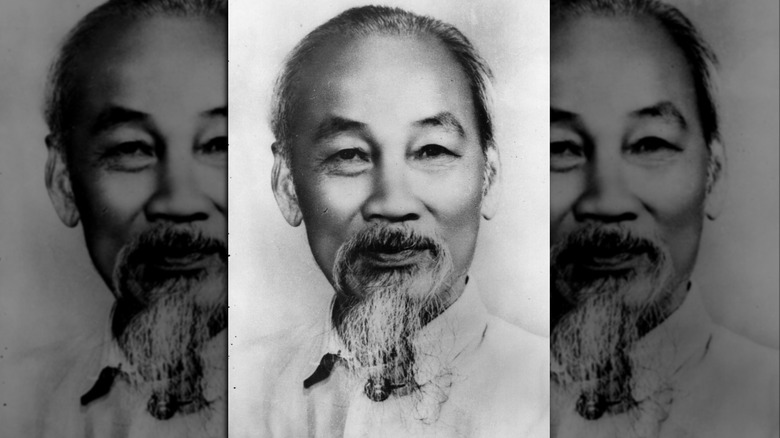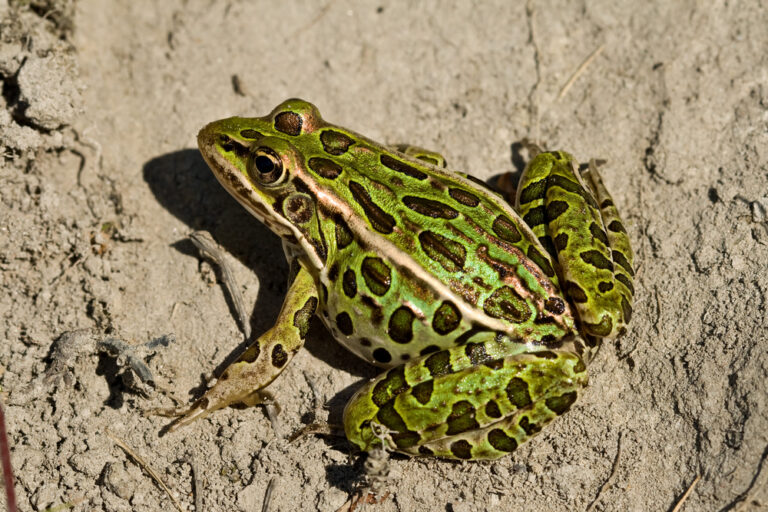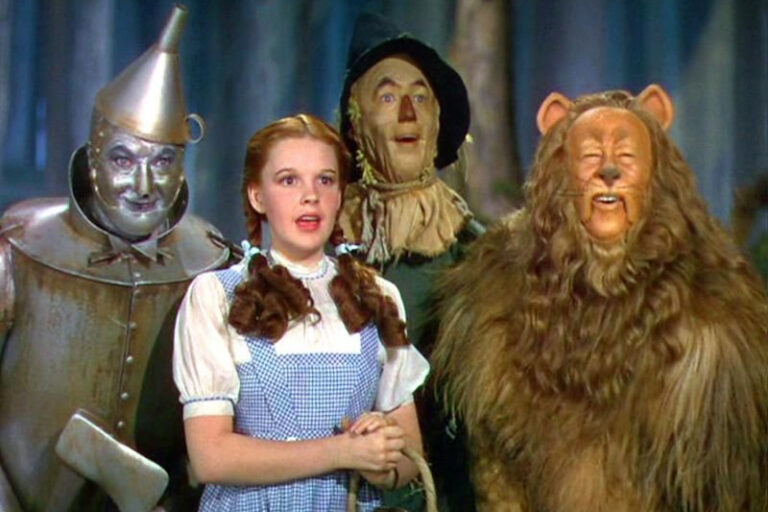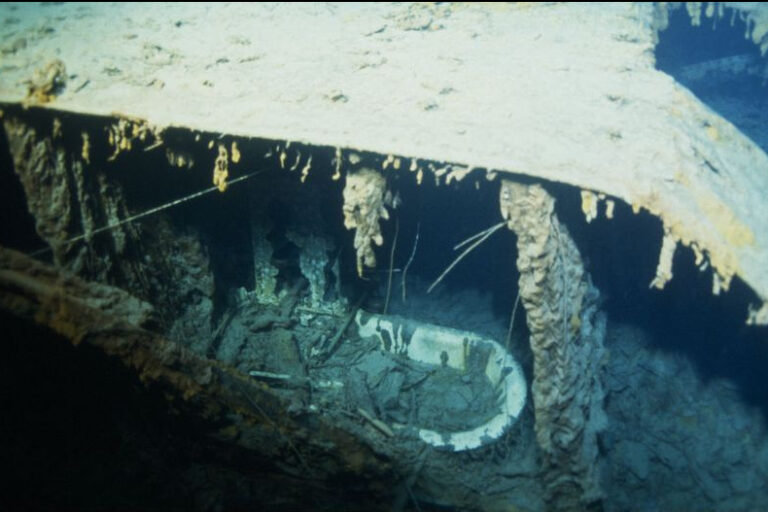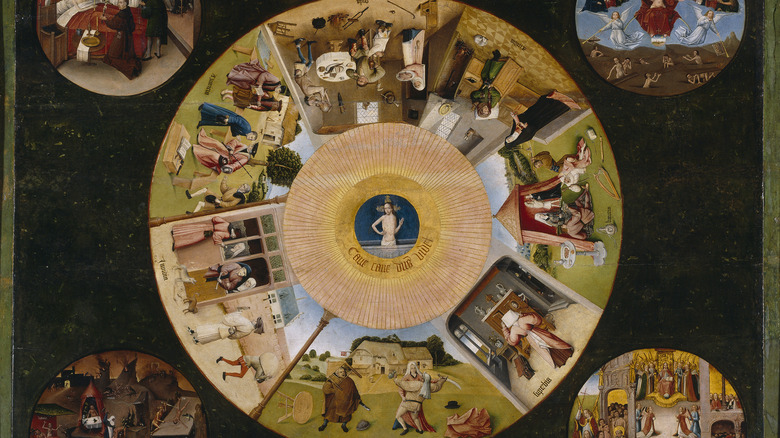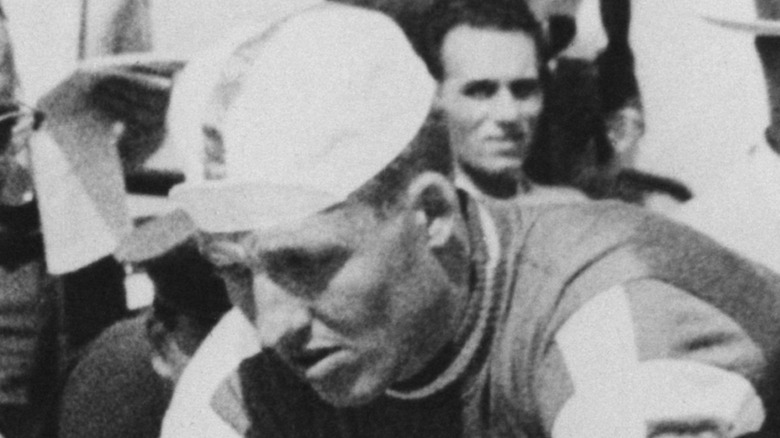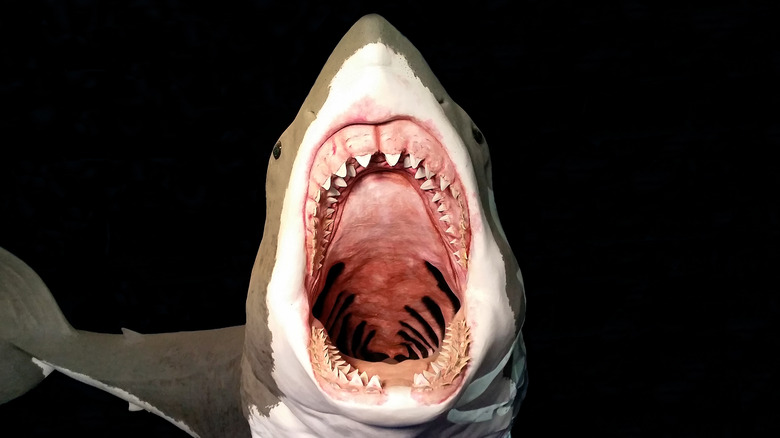
Here’s What Might Have Caused The Extinction Of Neanderthals
Neanderthals (Homo neanderthalensis) had a long run as the dominant species, starting as far back as 400,000 years ago. Then about 40,000 years ago, they were completely gone. What happened? This simple question has baffled scientists for decades.
Neanderthals and modern humans (Homo sapiens) eventually coexisted, but they started life on different continents. While Neanderthals called Europe and Asia home, modern humans lived exclusively in Africa for a very long time. Once humans left their African homeland and ventured into the rest of the world, the Neanderthals dwindled to extinction in just a few thousand years (via National History Museum).
Coincidence? Likely not. But experts are unsure of what exactly happened. Perhaps war, perhaps disease. Perhaps they were bred into extinction or the more developed brain simply won the evolutionary battle in the end. In reality, it was probably a combination of factors. In fact, according to Smithsonian Magazine, it often takes multiple factors to completely eliminate a species — a process similar to what leads to the extinction of animal species today.
It's hard to know how a species went extinct thousands of years ago
So scientists have come up with differenthttps://www.grunge.com/439738/… theories over the years. For example, paleoanthropologists at the Smithsonian’s National Museum of Natural History believe climate change could have played an important role.
This is in part because Neanderthals were very specialized hunters. They hunted massive animals like mammoths and woolly rhinoceroses, aurochs (extinct bulls), and even wild boars and horses. But as climate change drove some of those animals to move on (or even become extinct), it’s possible that Neanderthals weren’t able to adapt their hunting habits and as a result were more vulnerable to starvation.
In addition, Smithsonian scientists point out that modern humans likely had some form of long-distance trade networks set up so they could access food or know where to go for it when their usual living area was struggling. The Neanderthals, however, did not – and as the food supply dwindled, so did their chances for survival.
A failure to adapt to climate change could also have had something to do with their use of technology. We know that Neanderthals hunted using stone tools to hunt, including stone-tipped spears. But Homo sapiens had better tools, including bows and arrows that made it easier to catch other types of prey. Plus, humans also had sewing needles, which allowed them to make better Ice-Age clothing.
It's also possible we simply gave the Neanderthals a bunch of diseases
In 2019, a group of scientists from Stanford’s Department of Biology offered a different theory for Neanderthal extinction: pathogens. As modern humans migrated and encountered Neanderthals along the way, they could’ve passed on diseases the Neanderthals were not equipped to fight off properly.
Even more importantly, as humans and Neanderthals interbred, diseases that are carried genetically could’ve then passed between the populations — and while humans could have already acquired enough immunity to fight off a certain disease, it’s possible Neanderthals had not (per Oxford Brookes University).
Then there’s the old (but still valid) theory that modern humans just had a competitive advantage that led to the Neanderthals’ decline over time. Homo sapiens lived in bigger groups with more developed social behaviors (essential for survival), had more sophisticated tools, and more advanced weapons. According to Smithsonian Magazine, Neanderthals were actually smarter than we originally thought — but still a lot more primitive than Homo sapiens. With better tools and better weapons available, humans would have won battles, hunted successfully when prey was scarce, and managed to survive longer.
Or perhaps the two species just liked each other a LOT
One of the modern theories is that Neanderthals’ disappearance wasn’t exactly due to external factors. Instead, their DNA became diluted as they bred with modern humans, eventually “disappearing” genetically. For a long time, scientists believed the two species never met or at least never interacted closely. But The Neanderthal Genome Project, a scientific effort to sequence the DNA of Neanderthals, eventually showed that present-day humans in Europe and Asia can carry up to 2 % of Neanderthal DNA. In simple words, not only did the two species meet, but they met intimately.
Some of the first matings could have happened in modern-day Israel based on the discovery of a 55,000-year-old partial skull of a human. This would put Homo sapiens out of Africa earlier than originally believed — and that could mean the DNA mixing also started much earlier too (via Israel 21c).
The interbreeding isn’t exactly a big surprise, as Neanderthal and modern human DNA are 99.7 % identical. In comparison, the DNA of our closest living relatives today (chimps) is 98.8% similar to ours, according to National Geographic. And now that we know the gene exchange happened so early — likely as soon as Homo sapiens left Africa and before the split into different ethnic groups happened — it makes sense that Neanderthal DNA started to become diluted over just a few generations.

Bad News For Al Capone's Former Home

The Staggering Number Of Citizens Killed By Venezuela's Government In 2018
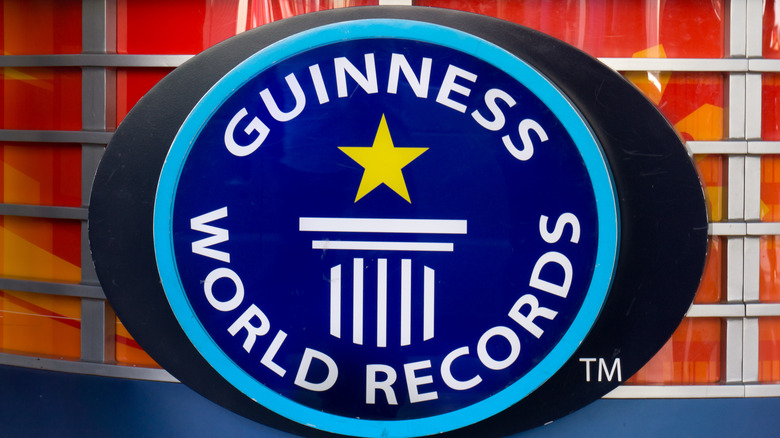
Why The Oldest Person To Ever Live Might Have Been A Fraud

Duran Duran Could've Worked With Michael Jackson. Here's What Happened

The Truth About The Youngest Olympian In The Modern Era

How Much Money Linda Lee Cadwell Inherited After Bruce Lee's Death
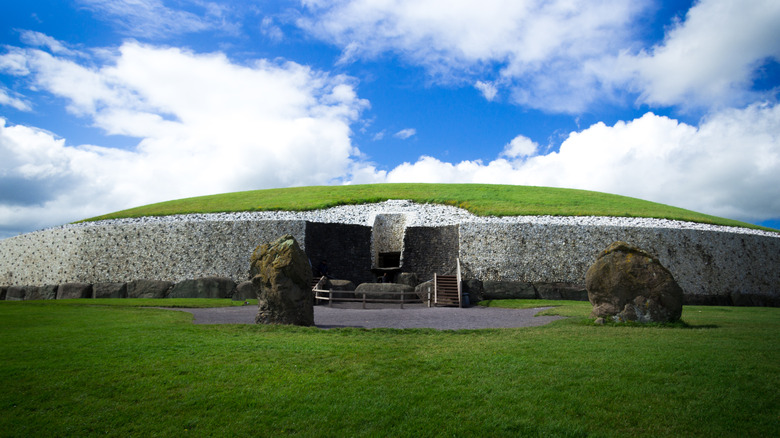
This Ireland Monument Is Older Than The Egyptian Pyramids

The Untold Truth Of The Go-Go's

This One Man Always Travels With The Queen. Here's What He Does
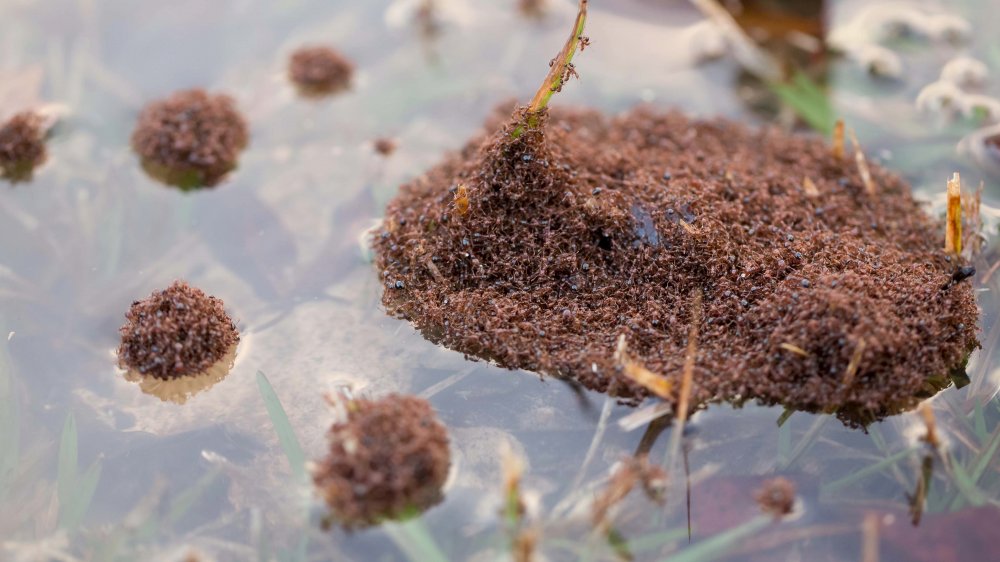
The Scary Truth About Floating Ant Piles
